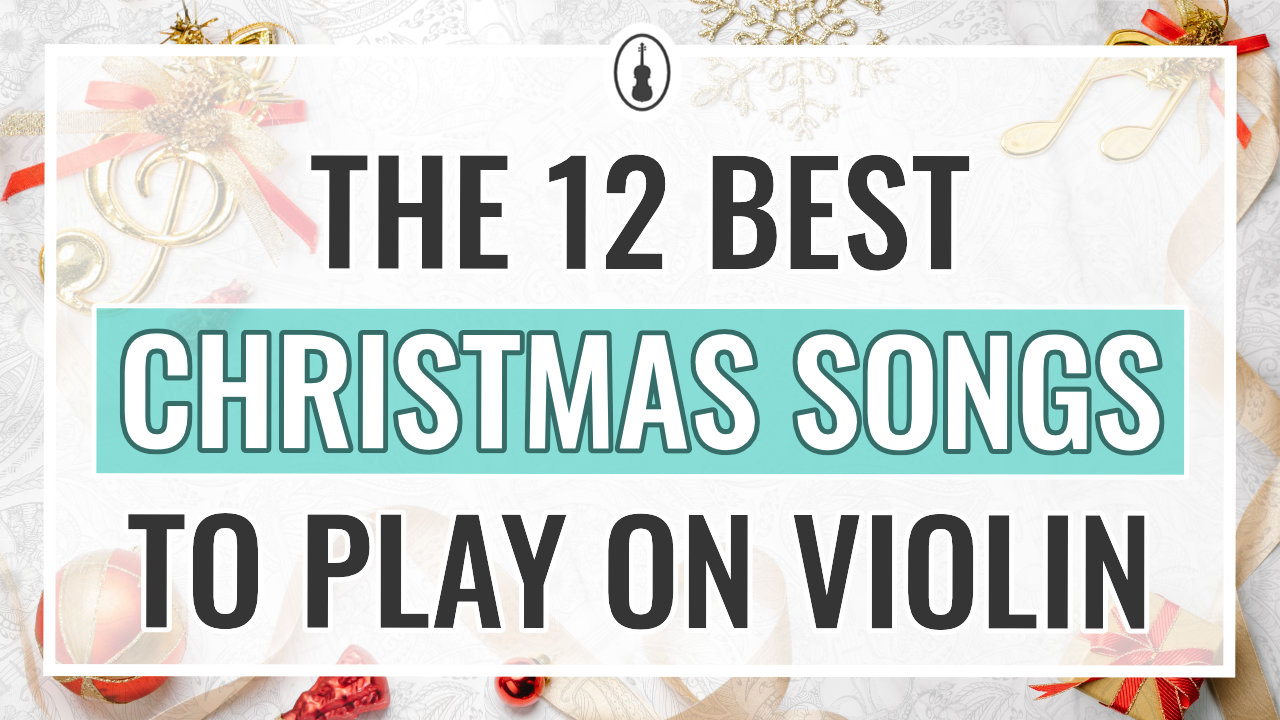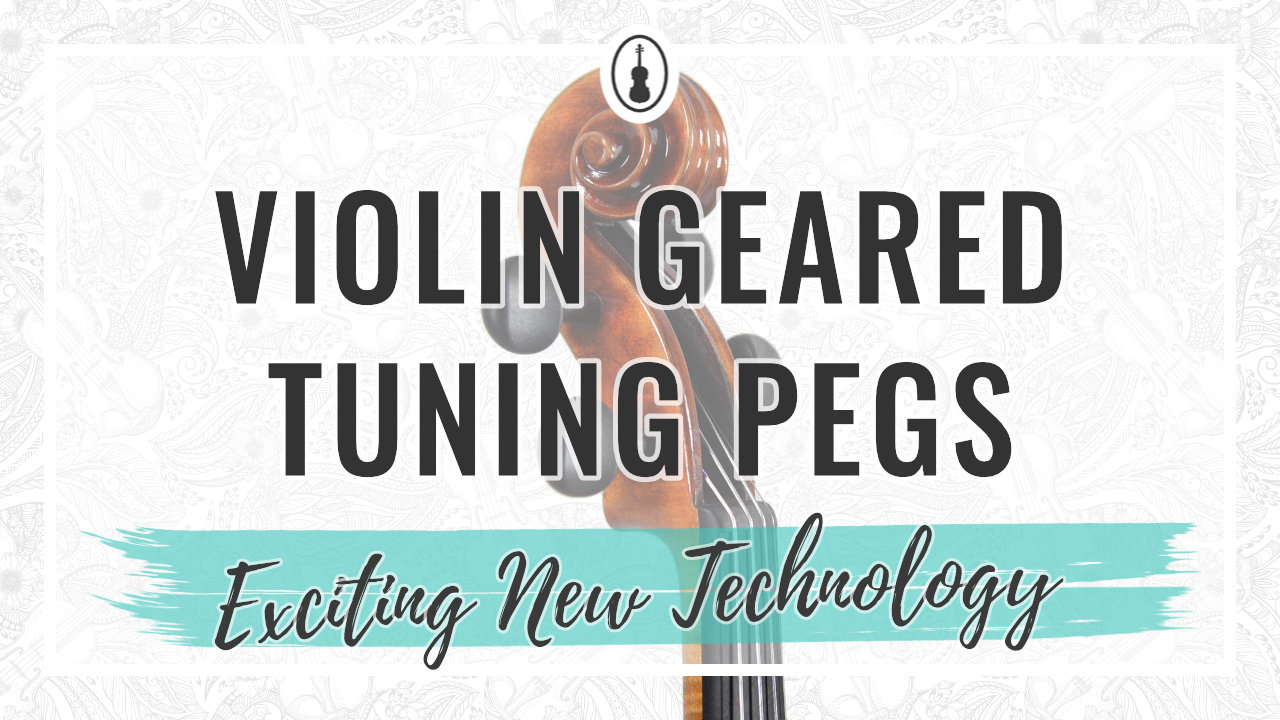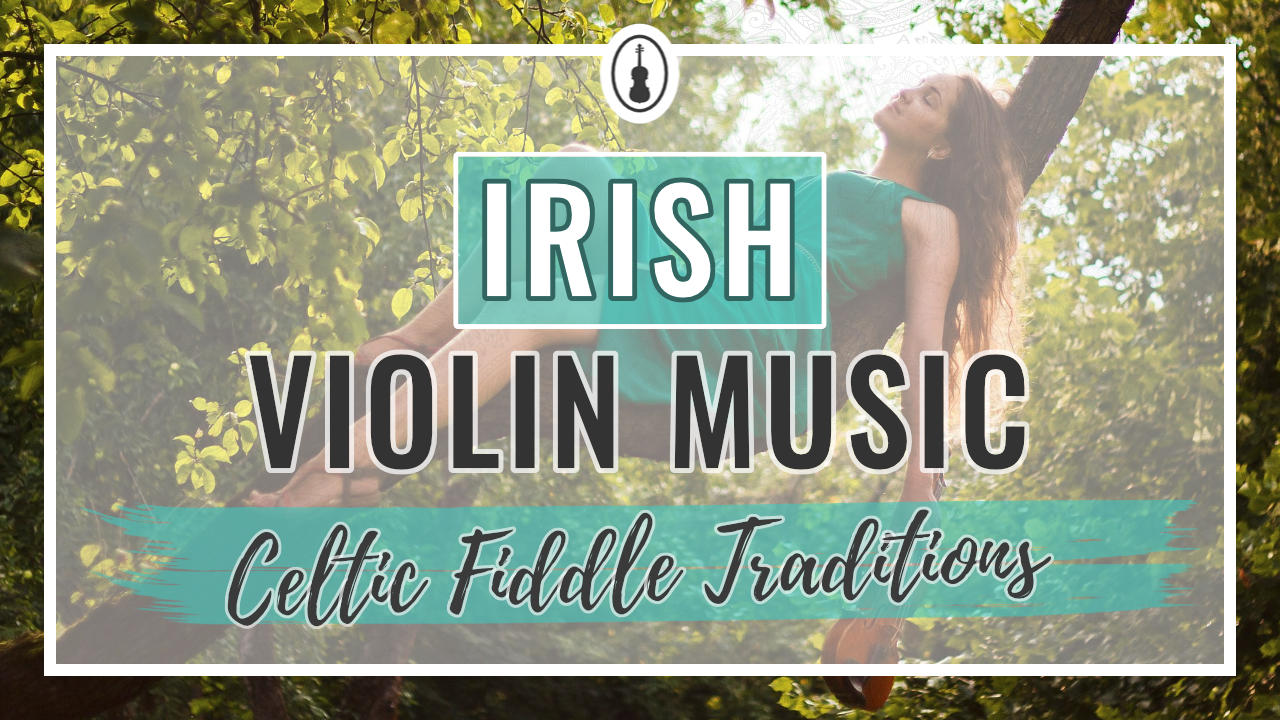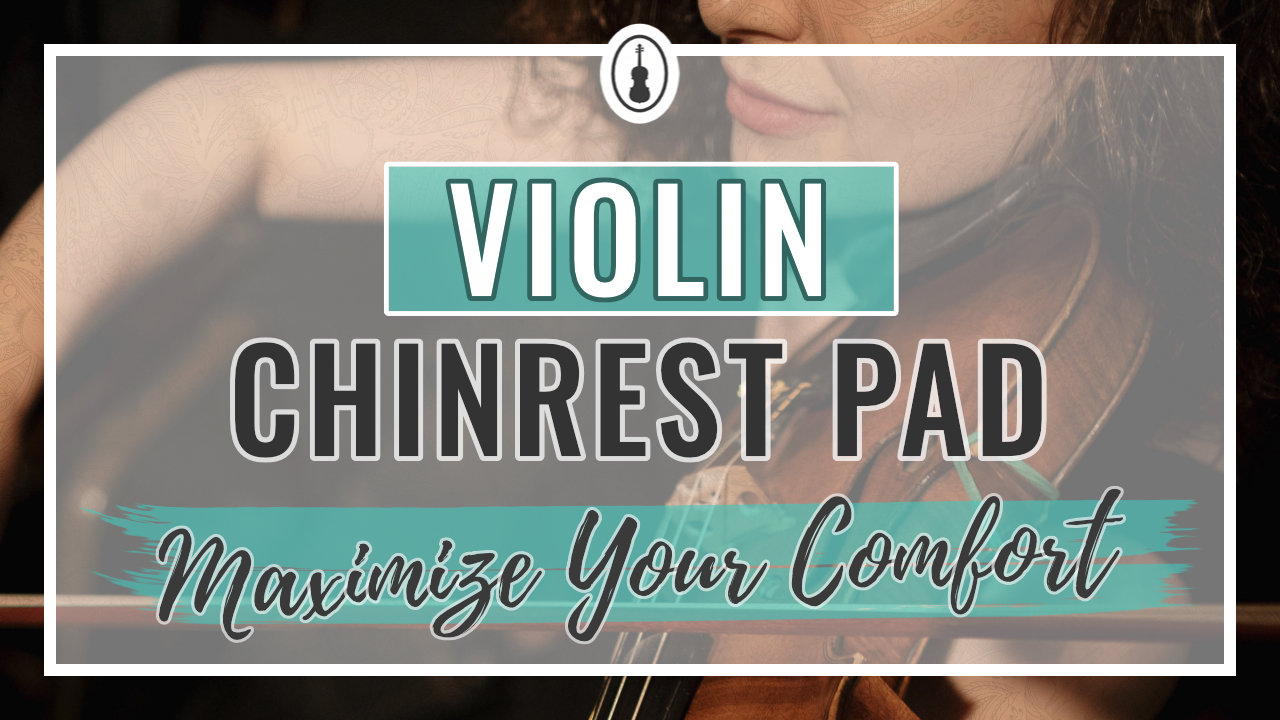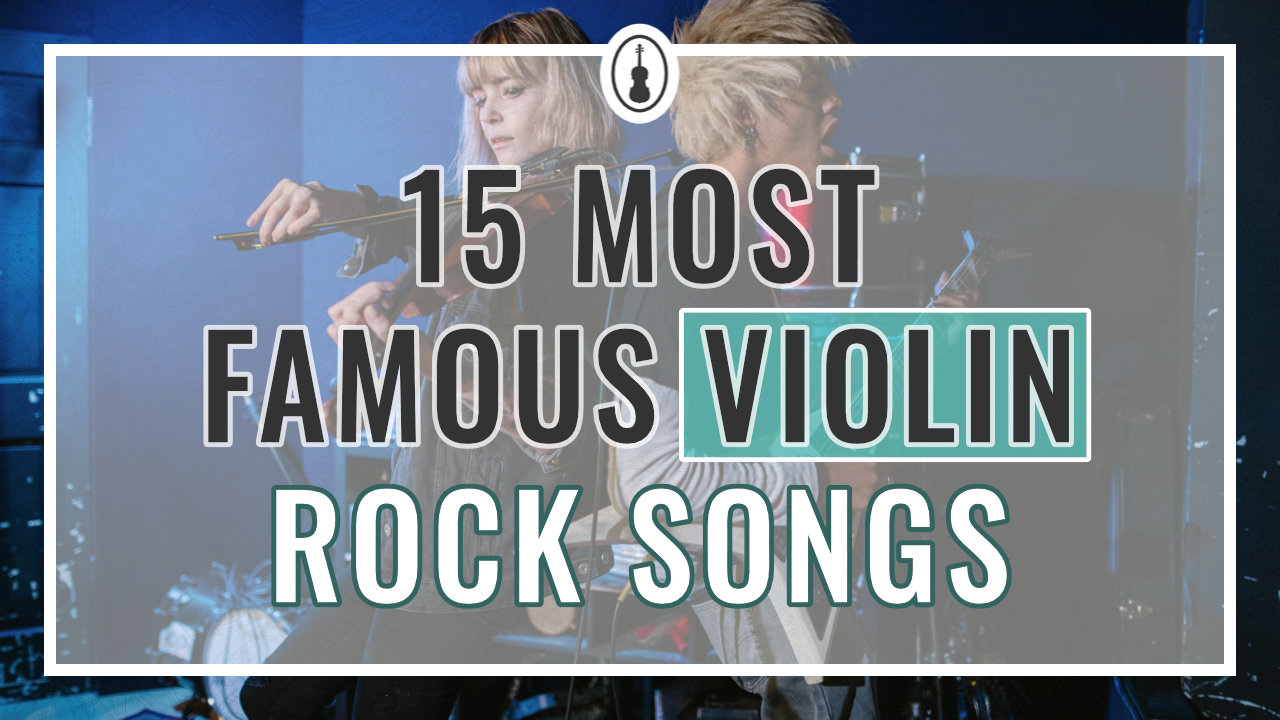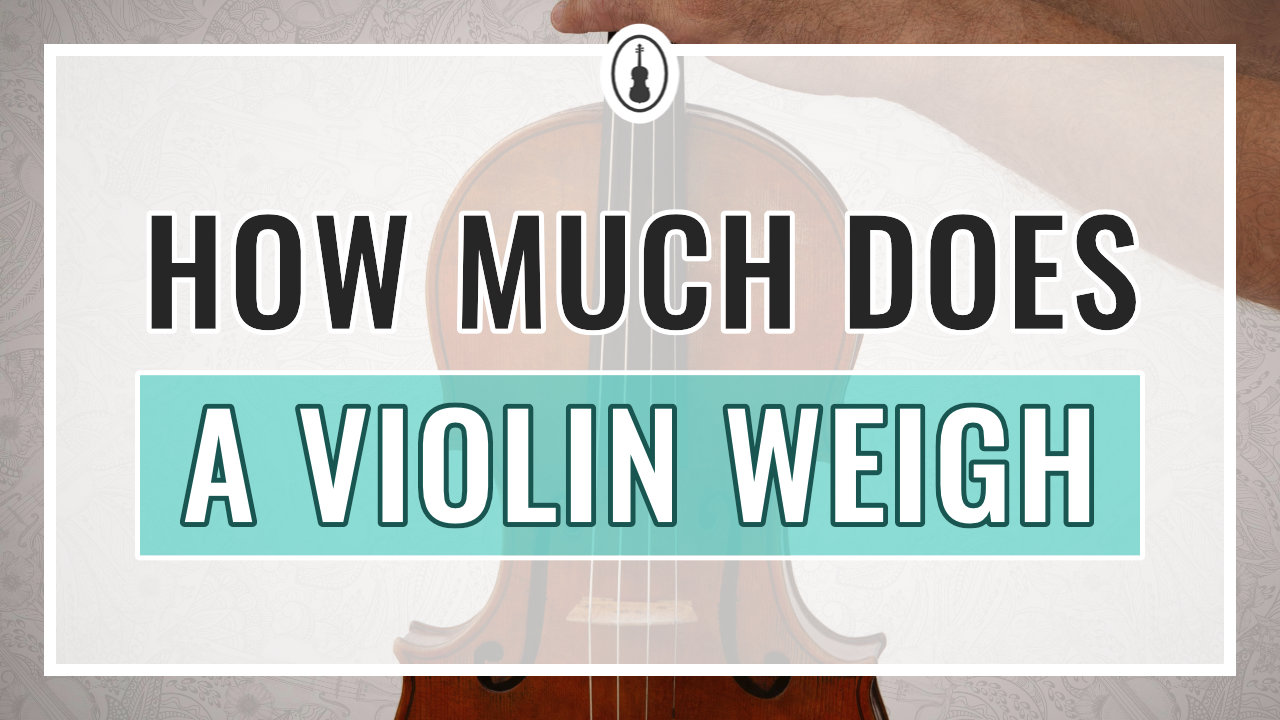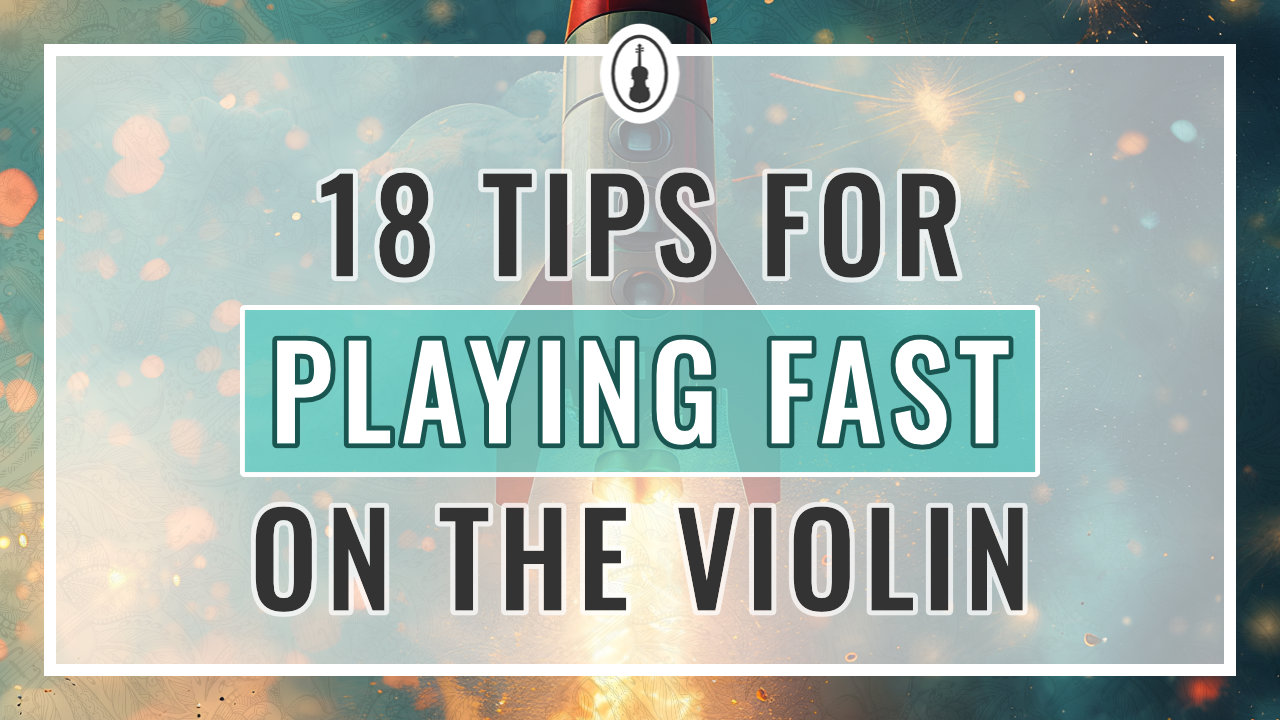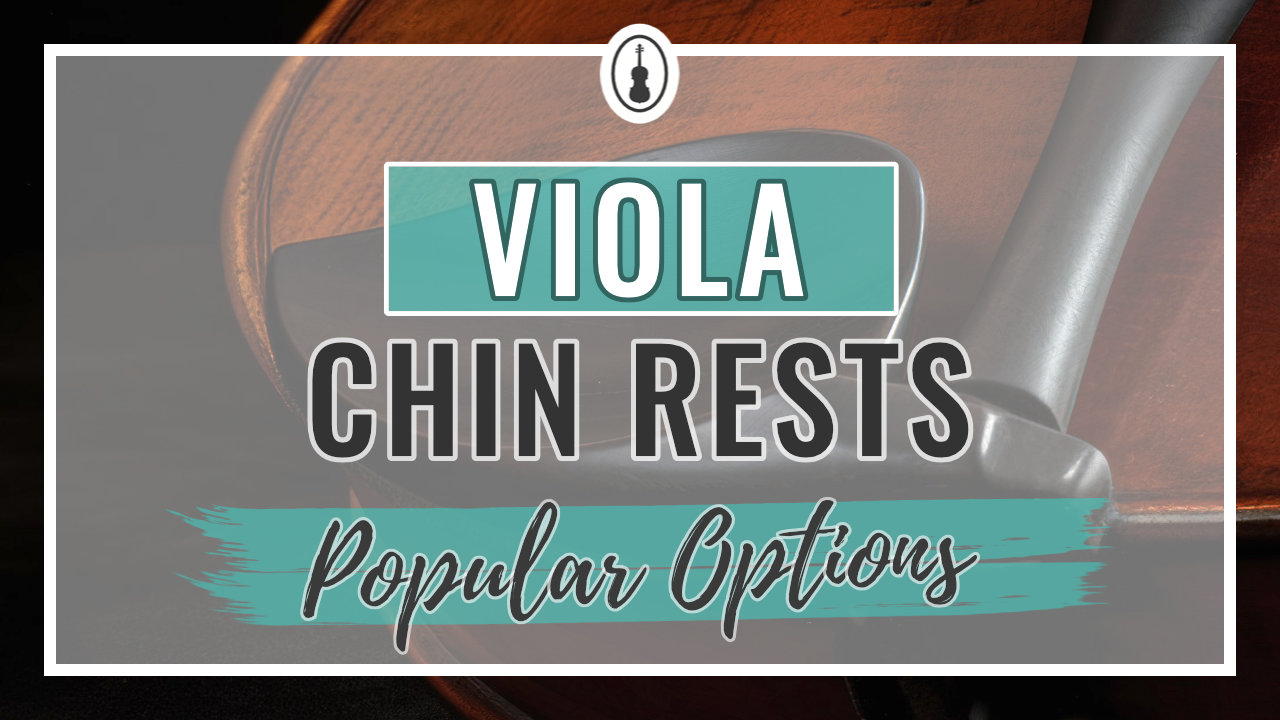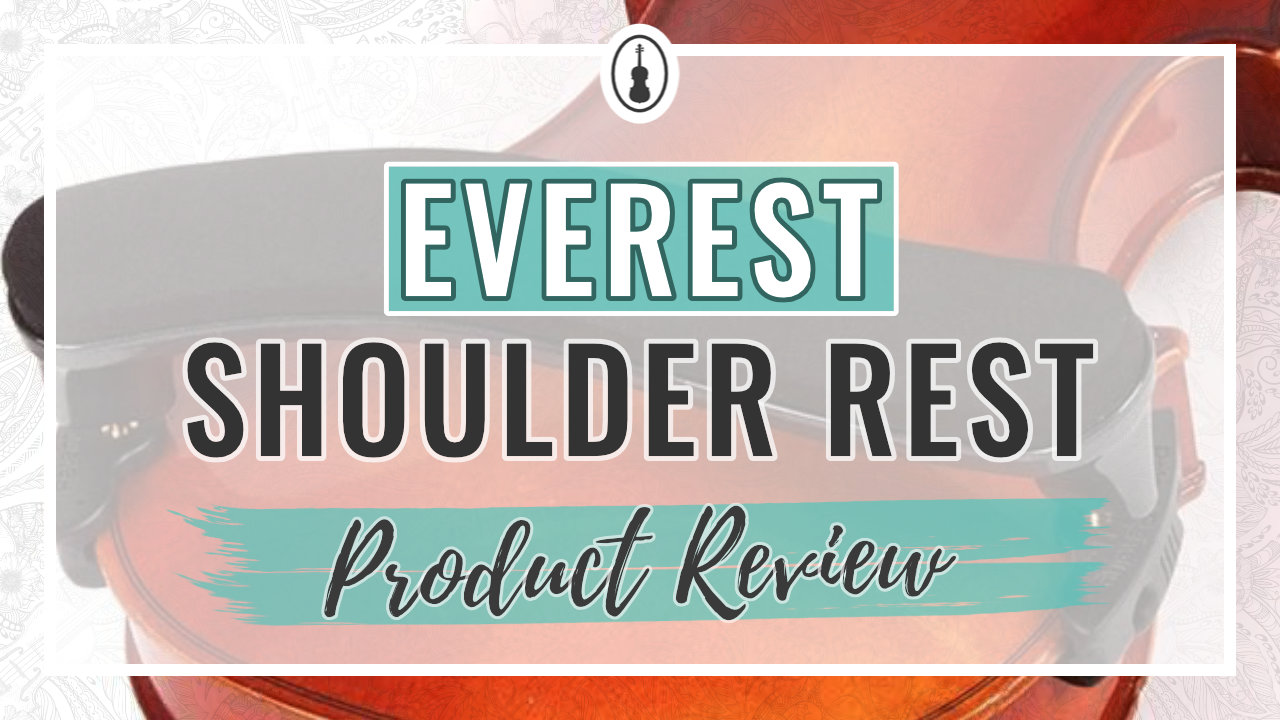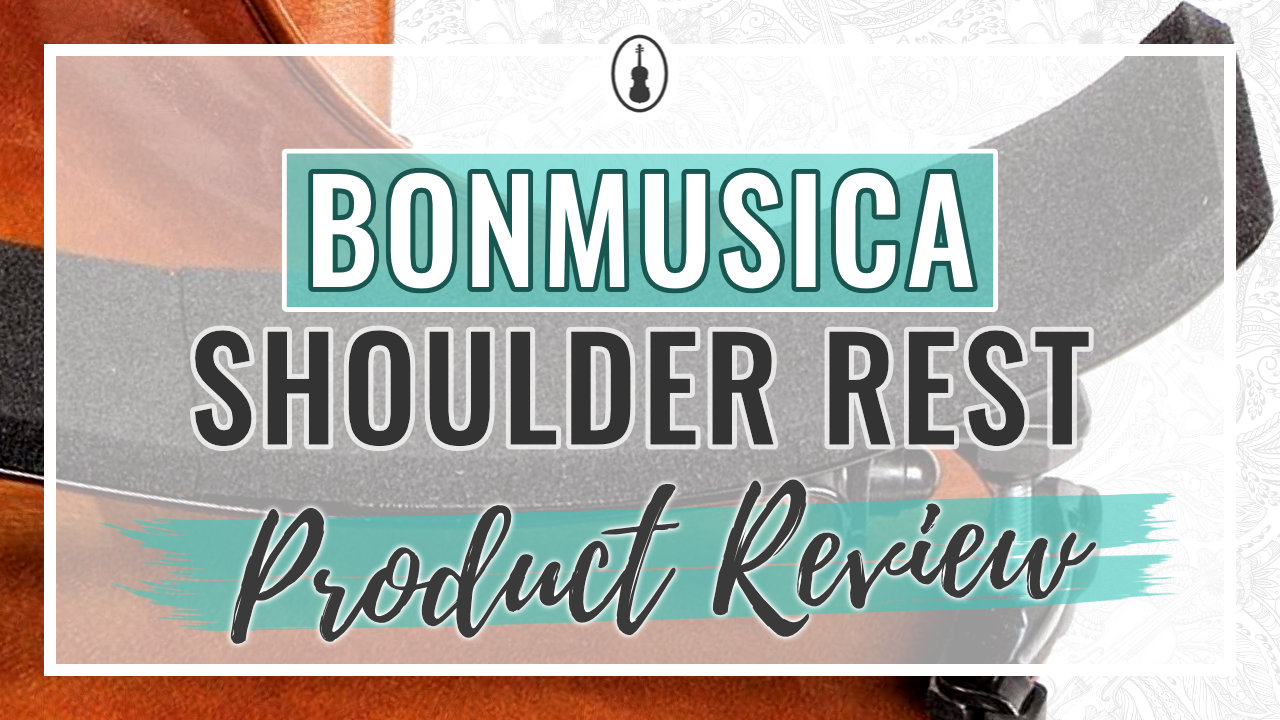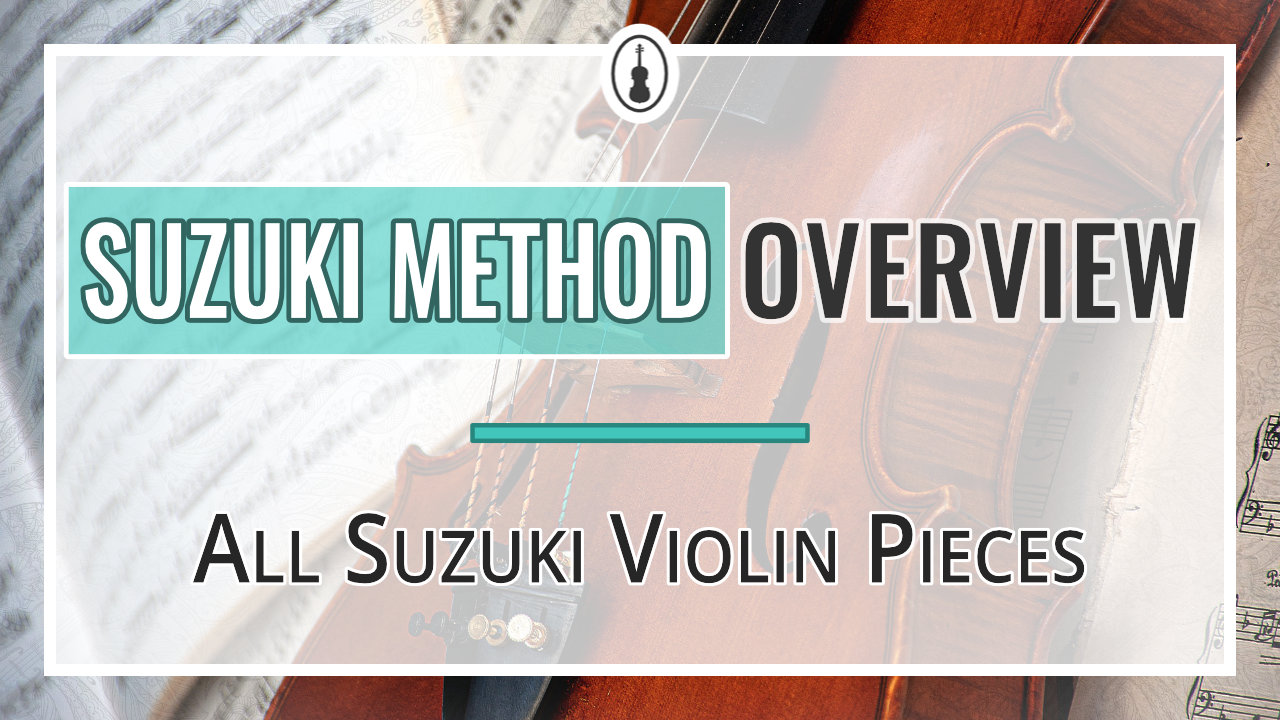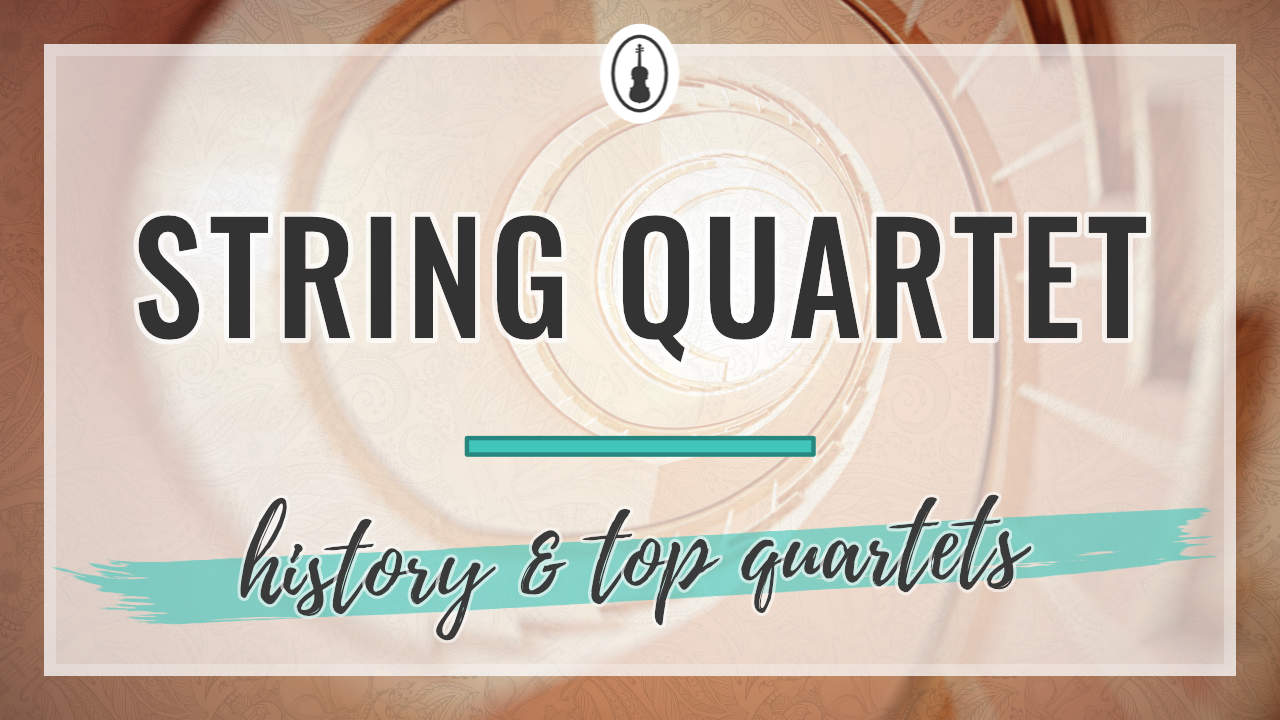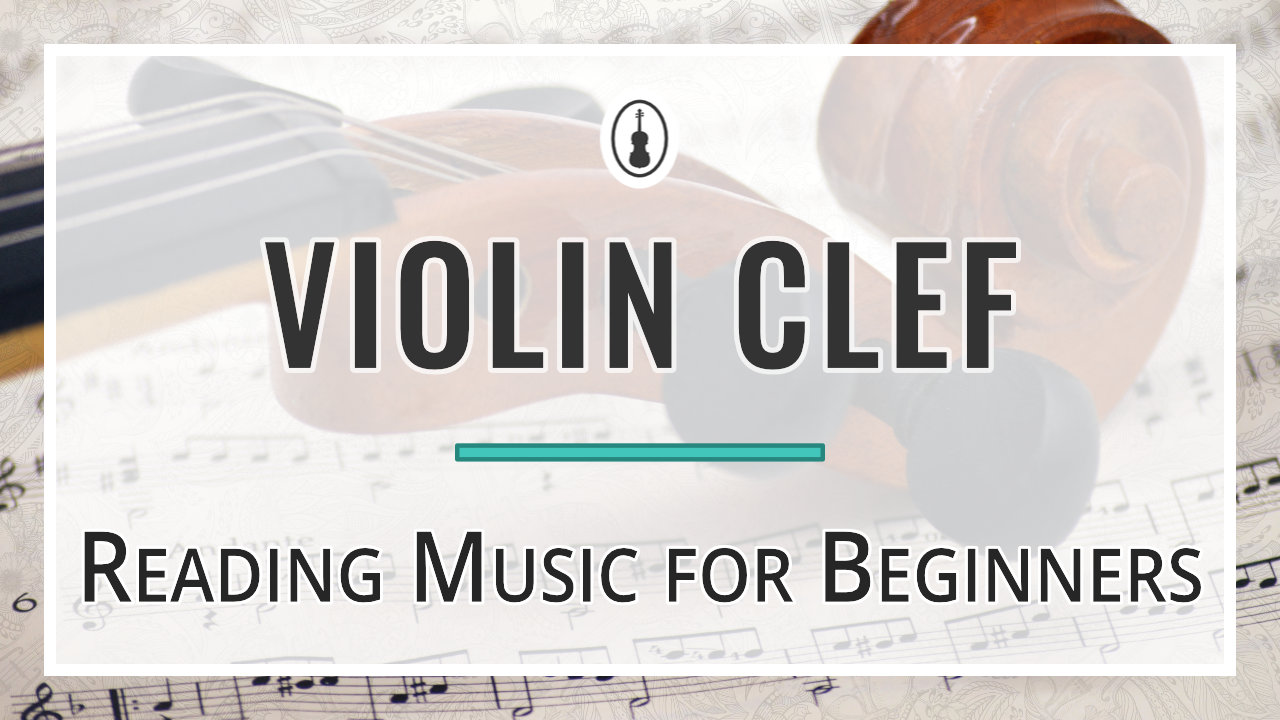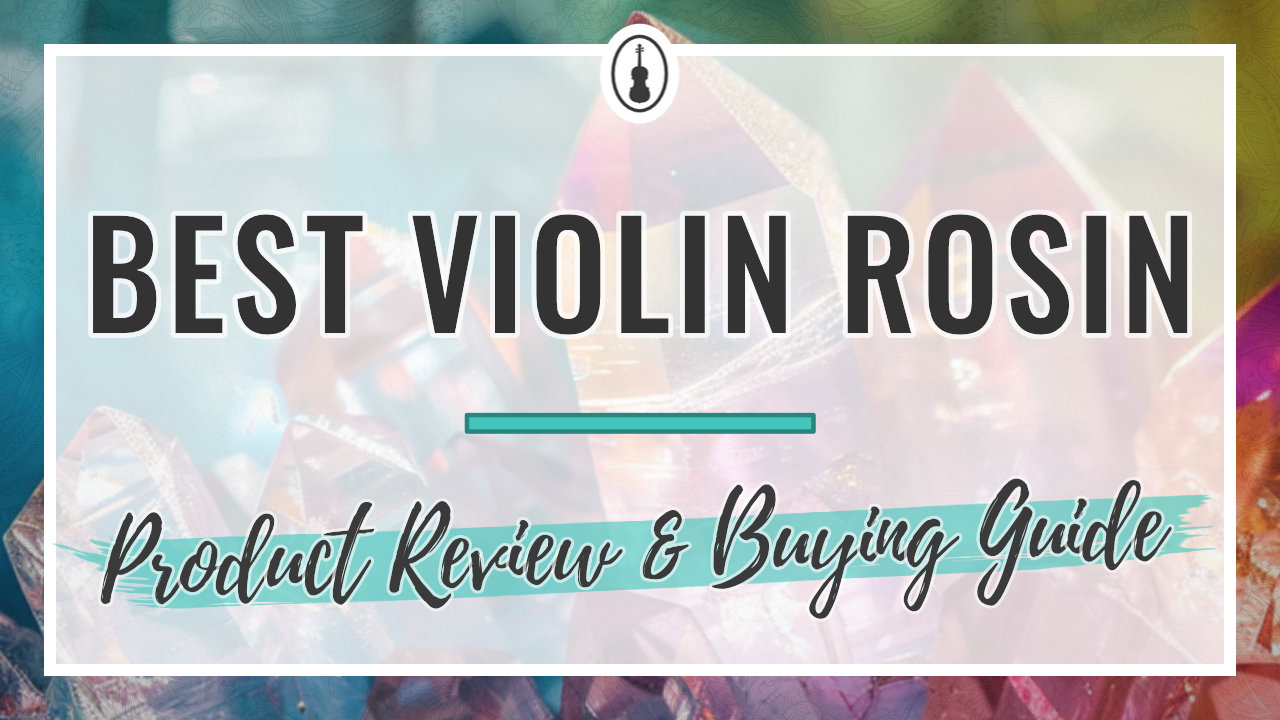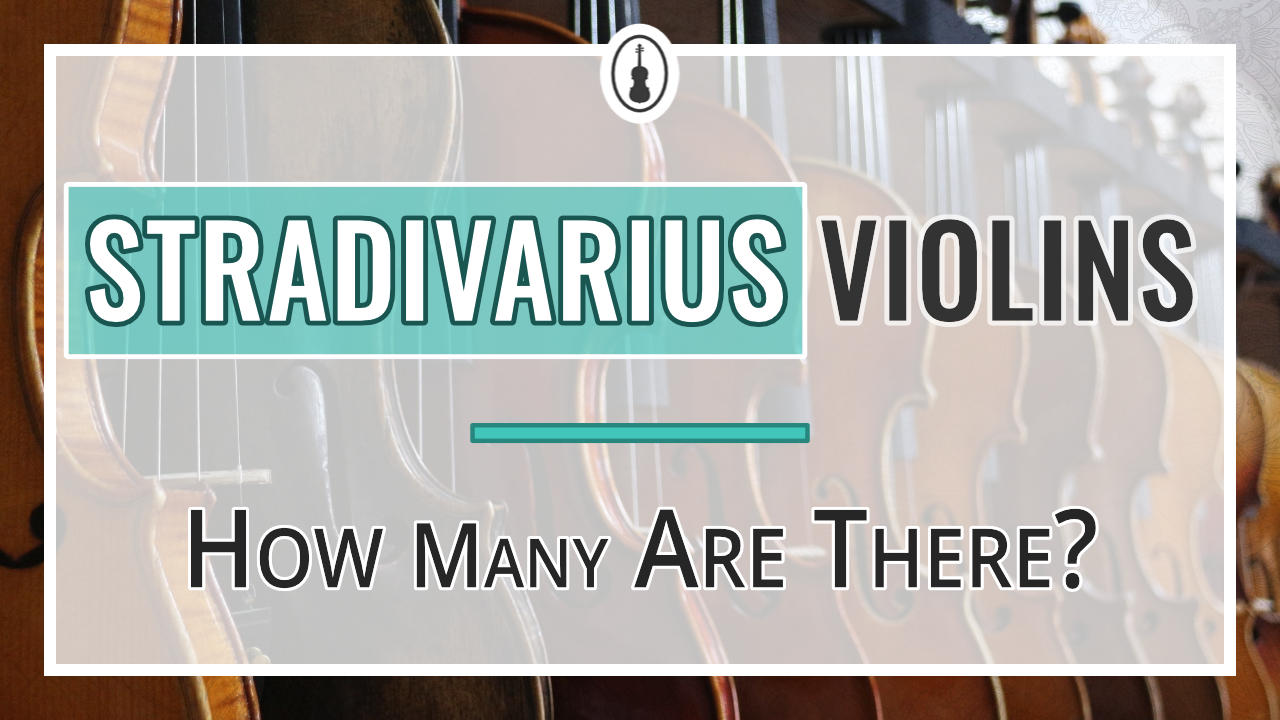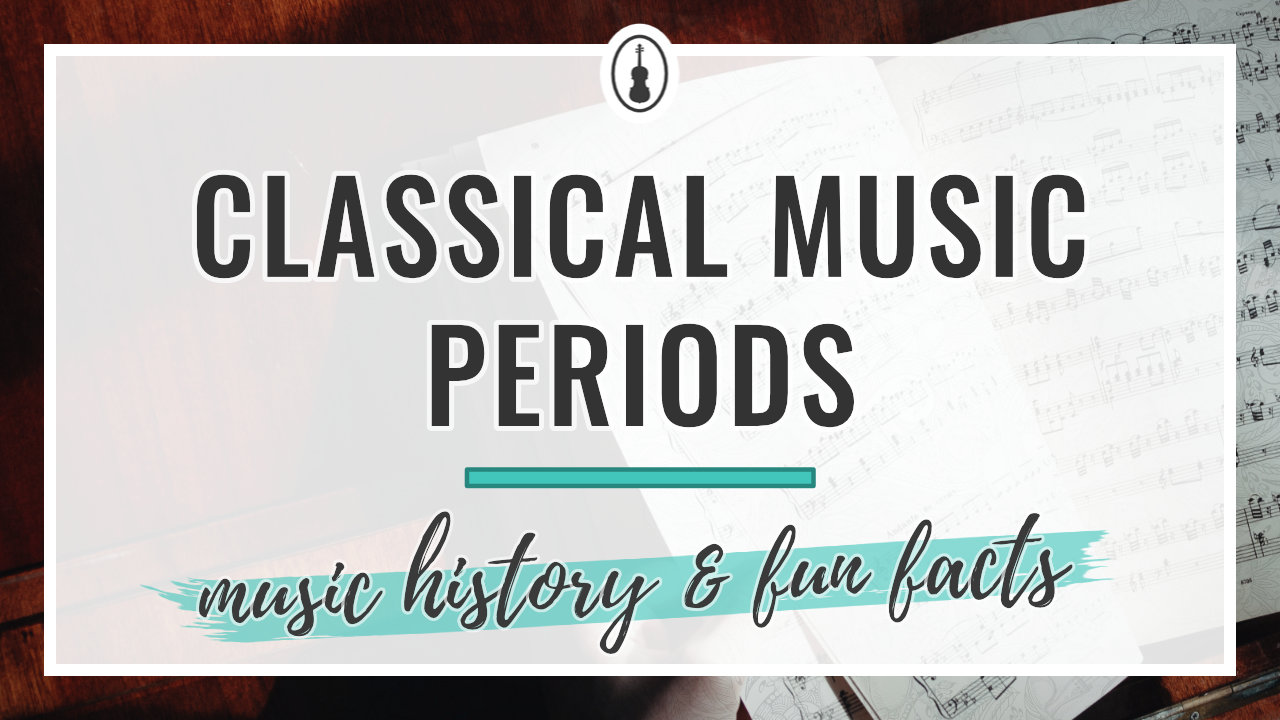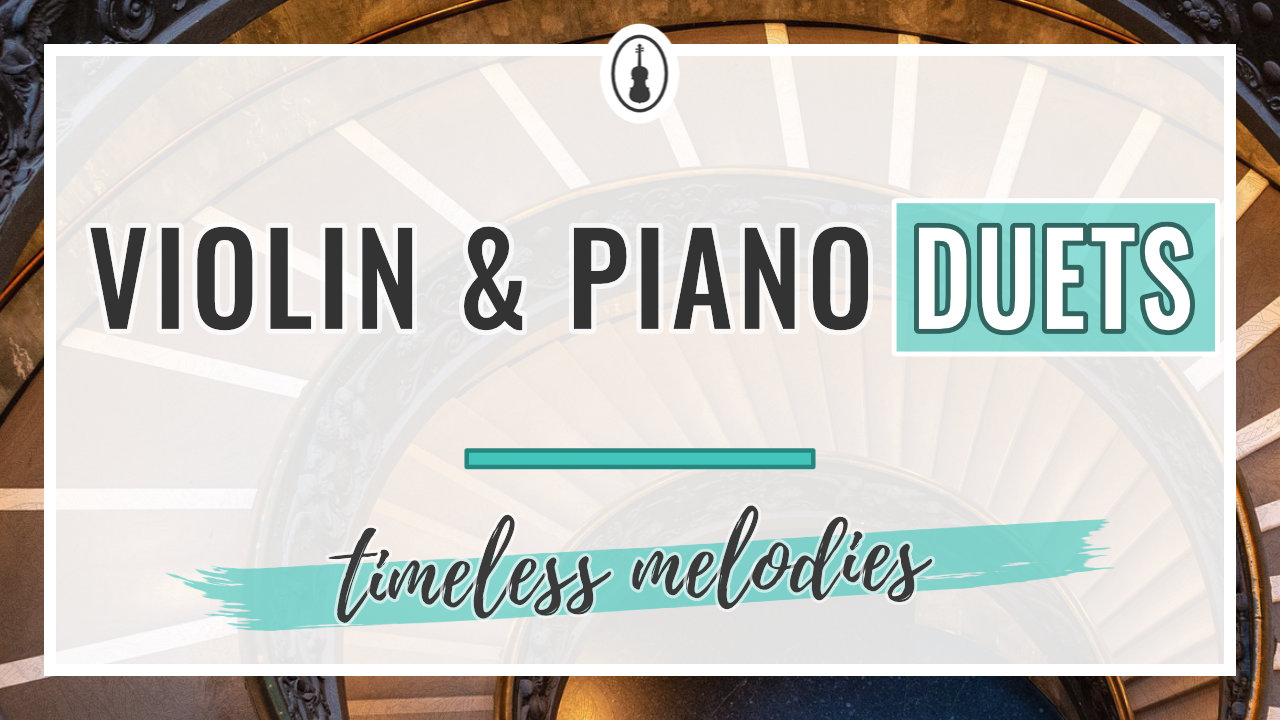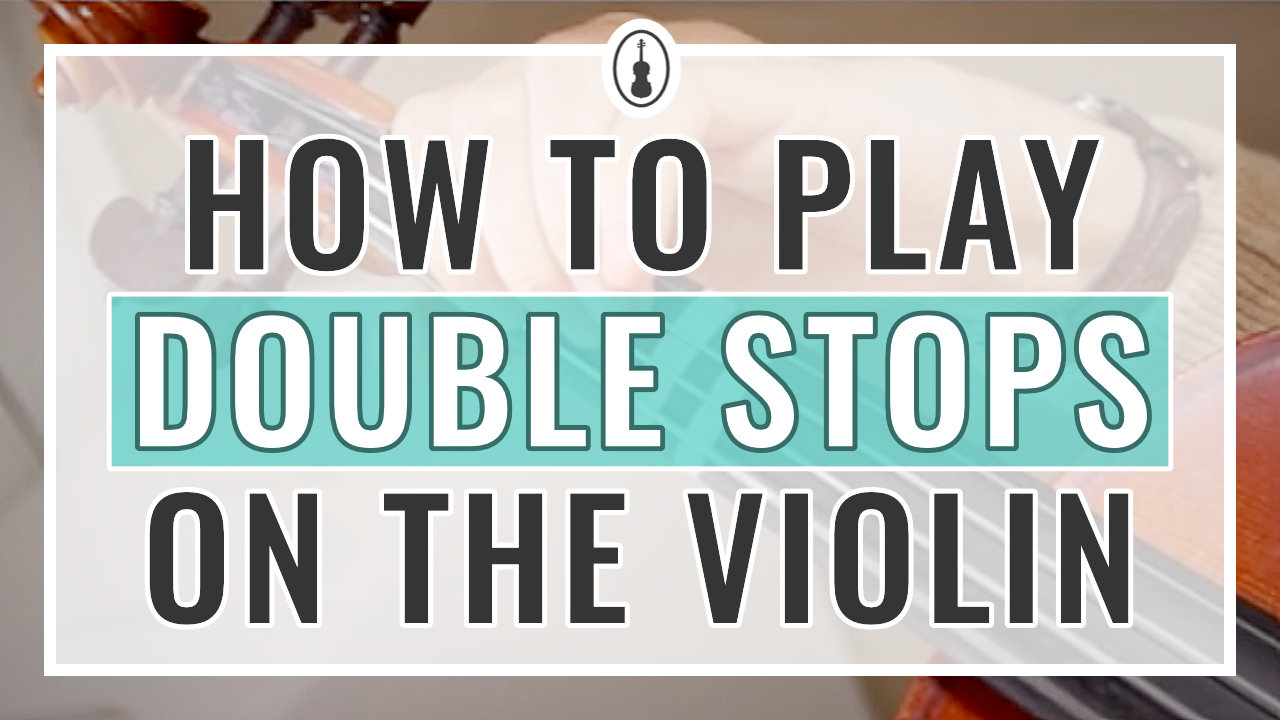
Have you been wondering what the difference is between a fiddle and a violin? I get it!
I have always loved playing all styles on the violin. From playing in a classical orchestra to jamming in an old bar. It is one of the amazing parts of violin playing that you can play so many styles on it – and it will all sound equally great!
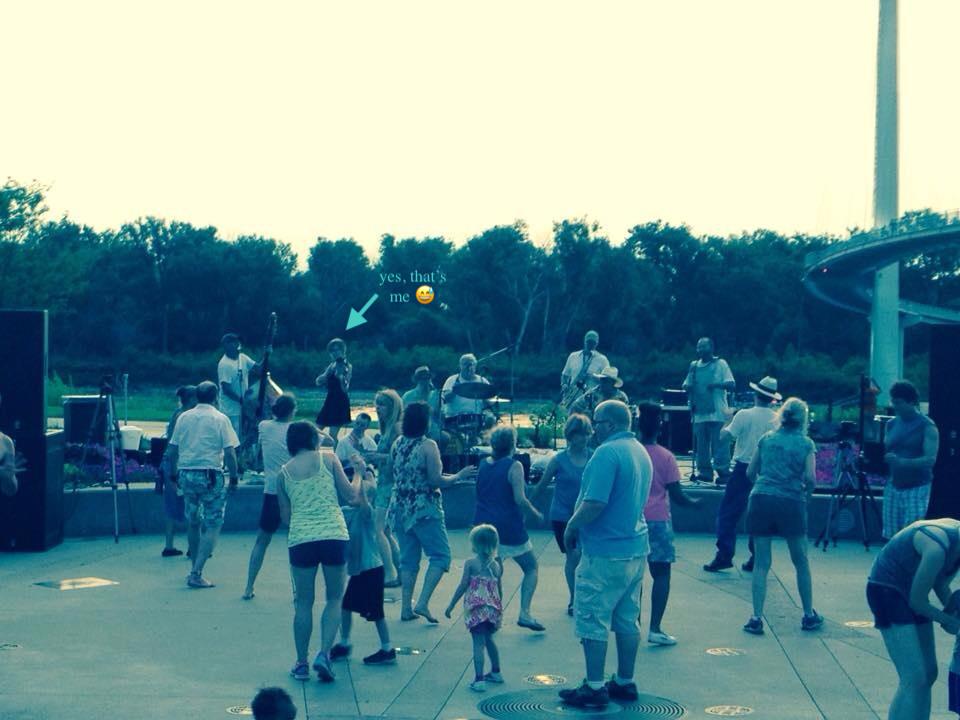
When I played my first gigs in the USA, at once people started to come up to me and asked me the oh-so confusing question:
Are you a fiddle player or a violinist?
Some even shared their opinions with me: “I’m happy you play the fiddle, the violin is such a boring instrument”!
This only left me confused – as in my native language there is no different word for “fiddle” and “violin”.
Meanwhile, I have learned a lot more – and I’m happy to share my insights with you! Read on, to find out what the difference is between a violin and a fiddle – and how you can recognize both.
What’s the Difference Between a Fiddle and a Violin?
So, if you have been lying awake at night wondering what the difference is between a violin and a fiddle, I have some great news for you: they are the exact same instrument! That’s right, a fiddle is a violin. The same instrument, referred to by different names.
So, what makes a fiddle a fiddle, and a violin a violin?
Music Styles: Fiddle vs. Violin
The difference between a fiddle and a violin does not lie in the instrument but in the style of music. Generally, the violin is associated with classical music, chamber music, or jazz. It often plays a key role in many classical symphonies and orchestras, where the violin player will try to capture the composition of a classical piece as closely as possible, the way the composer has intended.
If you’ve been to a violin concerto yourself, you’ve probably seen that the first violinist is the star of the show, usually in a fancy dress or suit. Check out this video for example, of classical violinist Maxim Vengerov playing Beethoven.
A fiddle, on the other hand, is associated with traditional music, country, folk, and bluegrass. Even if you don’t know the difference between fiddle and violin exactly, you’d probably recognize fiddling immediately: it’s fast, often largely improvised, and very, very rhythmic. It’s meant to make you dance and sing!
Fiddle music is often played in more informal settings, such as out on the street or in pubs and bars. And where the violin is mostly accompanied by other classical instruments, such as cello and double bass, the fiddle can be found in the company of a range of non-classical instruments, such as drums, banjos, and keyboards.
Check out this video for example, where the fiddler is accompanied by a banjo, guitar, and an autoharp player:
Can you tell the difference between this style and Beethoven?
Playing Techniques: Fiddle vs. Violin
Another way to distinguish the violin from a fiddle is the playing technique.
One of the ways in which fiddling is different from playing classical violin is that fiddlers hardly ever leave the first position. Don’t think this makes fiddling easier though! As you can tell, fiddling is very fast-paced and requires quick bowing.
Perhaps you have seen fiddlers out on the street and noticed how the violin is not always held in the ‘classic’ way, on the shoulder. Sometimes, fiddlers hold their violin loosely on their arm or chest, so they can sing and dance while they play. Quite a challenge!
Although you will see classical violinists use the double-string technique sometimes, which is called double stops.
In fiddling, double stops are used almost all the time! It’s one of the things that make fiddling sound so playful and energetic.
However, don’t be fooled that fiddling will always sound fast and energetic. You can also find many slow fiddle tunes. For example, check out the first tune Benedict Morris plays in this video:
Last but not least, one of the very fundamental characteristics of fiddling: improvisation! You will likely never see a classical violinist improvise during a Beethoven or Bach concert, it would be somewhat of an insult to the composer. In fiddling, however, improvisation is what makes fiddling unique and personal. Usually, the melodies are simple and repetitive, and it’s up to the fiddler to make it their own.
Sometimes, people say fiddling is a bit cheaper and less complex, and playing the violin is more sophisticated, technical, and ‘difficult’.
Although it is true that playing the classical violin will require a higher level of technical mastery, I have found both to be challenging in different ways! Sure, Beethoven’s Violin Concerto requires years and even decades of practice. But have you ever tried to pick up your violin and improvise a fiddling tune? Let alone sing at the same time?
To become good at either style will require consistent practice over many years.
Let’s Play Some Fiddle!
Need more fiddling inspiration? Definitely check out famous fiddler Hillary Klug. She can fiddle, dance, and sing at the same time!
Want to have a go at fiddling yourself as a beginner violinist? Be sure to check out my video on how to play one of the most famous fiddling songs: Drunken Sailor!
You can even get free sheet music of a “Drunken Sailor” in the Ultimate Songbook for Beginner Violinists. Would you like me to send you the book? Sign up here to receive Drunken Sailor and many other fiddle songs in my FREE book!


